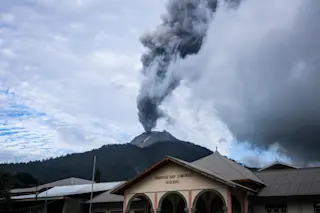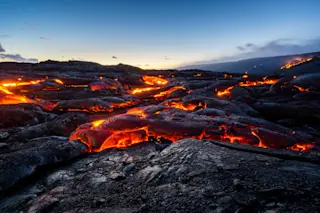Move over Poseidon. New research shows that human activity — mainly pumping large volumes of water into the earth near natural gas and oil wells — may make certain places more vulnerable to seismic activity.
In the latest issue of the journal Science, researchers from Columbia University propose that an increase in underground wastewater disposal at natural-gas and oil extraction sites, particularly in the southern and western U.S., has been accompanied by an increase in earthquakes that are triggered by distant seismic events.
Earthquakes in red occurred more than a week after major earthquakes in Chile (2010), Japan (2011) and Sumatra (2012). Triggering occurs almost exclusively in three oil and gas-related wastewater injection fields (labeled Prague, Trinidad and Snyder). Image courtesy of Science/AAAS.
Wastewater injection is one way to deal with the polluted byproducts of oil and gas extraction – both from hydraulic fracturing (also know as fracking) and other ...













